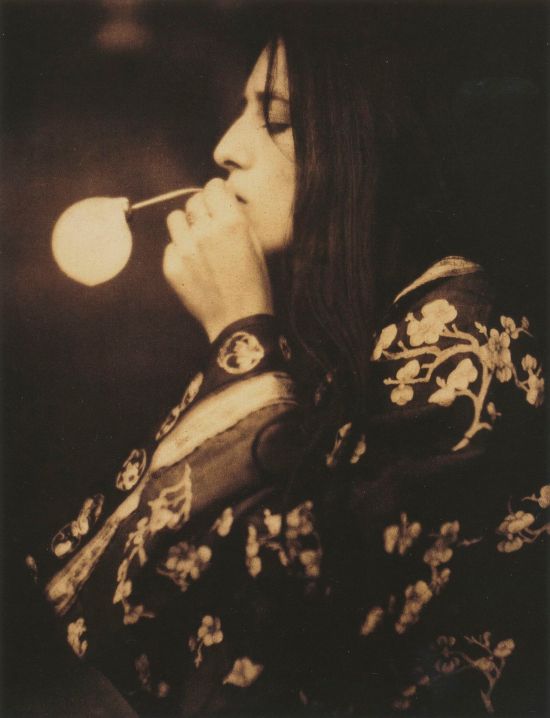The Photo-Secession was an early-20th-century movement that promoted photography as a fine art.
A group of photographers, led by Alfred Stieglitz and F. Holland Day in the early 1900s, held the then controversial viewpoint that what was significant about a photograph was not what was in front of the camera but the manipulation of the image by the artist/photographer to achieve his or her subjective vision.
The movement helped to raise standards and awareness of art photography. Proponents of Pictorialism, which was the underlying value of the Photo-Secession, argued that photography needed to emulate the painting and etching of the time. Pictorialists believed that, just as a painting is distinctive because of the artist’s manipulation of the materials to achieve an effect, so too should the photographer alter or manipulate the photographic image. Among the methods used were soft focus; special filters and lens coatings; burning, dodging and/or cropping in the darkroom to edit the content of the image; and alternative printing processes such as sepia toning, carbon printing, platinum printing or gum bichromate processing.
The “membership” of the Photo-Secession varied according to Stieglitz’s interests and temperament but was centered around the core group of Stieglitz, Edward Steichen, Clarence H. White, Gertrude Käsebier, Frank Eugene, F. Holland Day, and later Alvin Langdon Coburn.

Mending Nets by Alfred Stieglitz. Carbon print, 1894 via

“A Study” by Gertrude Käsebier. Platinum print, ca. 1898 via

By Clarence H. White, 1871 via

Actress Minnie Maddern Fiske by Fred Holland Day, created ca. 1895-1912 via

The Brass Bowl by Edward Steichen. Photogravure on tissue-thin Japan paper. Literature: Camera Work 14, 1906 via

Minuet by Frank Eugene, Photogravure on tissue-thin Japan paper. Literature: Camera Work 30, 1910 via

The Bubble by Alvin Langdon Coburn. Gum bichromate over platinum print, 1908 via
